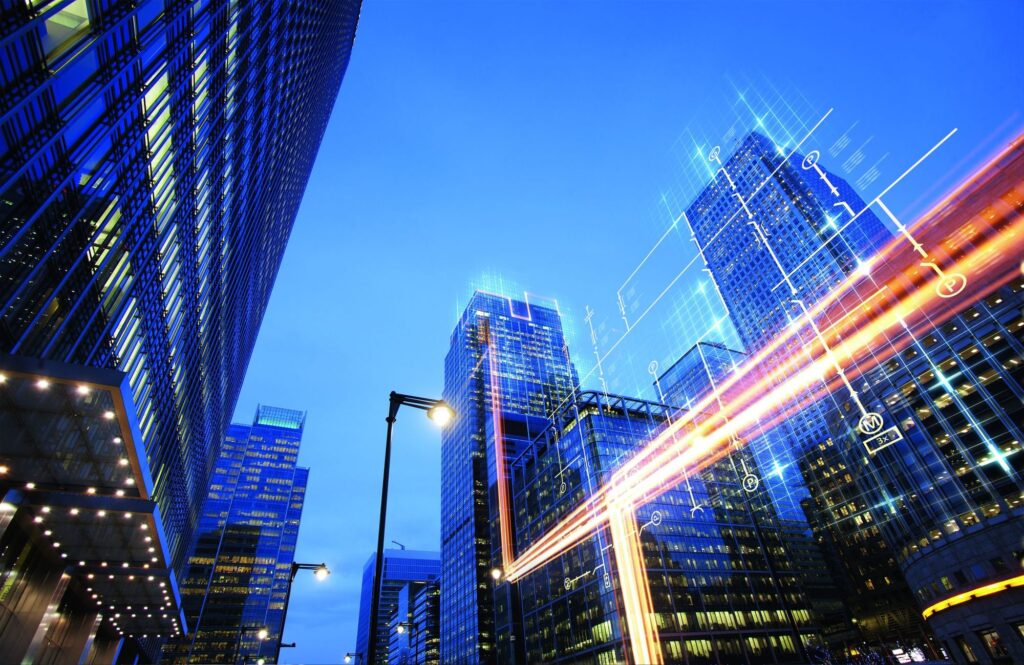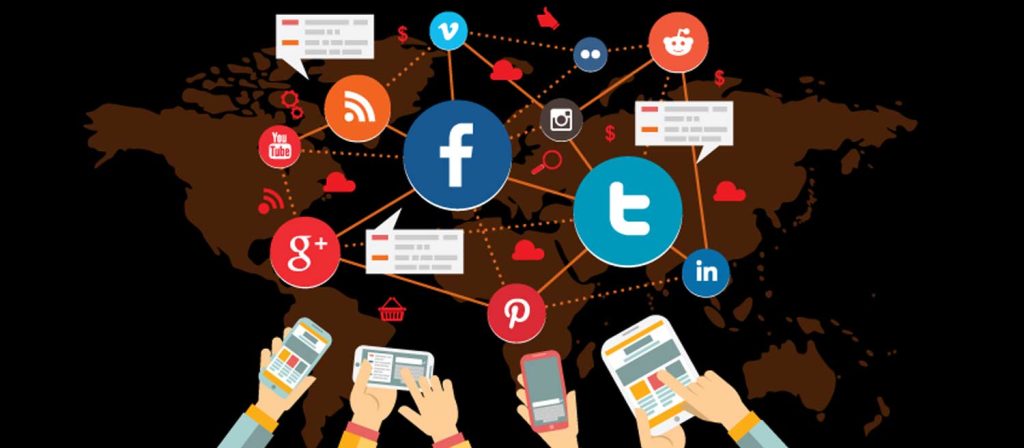As buildings account for nearly 40% of global energy consumption, architects and engineers are turning to smart glass technology to improve energy efficiency and sustainability. Smart glass, also known as switchable glass or dynamic glass, adapts to environmental conditions by modulating light, heat, and transparency—reducing the need for artificial lighting, heating, and cooling.
Types of Smart Glass and Their Functionality
1. Electrochromic Glass: Adaptive Light Control
- Uses low-voltage electricity to adjust transparency levels.
- Gradually tints in response to sunlight intensity, reducing glare and cooling costs.
- Example: Used in corporate skyscrapers to minimize heat gain and enhance occupant comfort.
2. Thermochromic Glass: Heat-Responsive Technology
- Reacts to ambient temperature, darkening when exposed to excessive heat.
- Reduces solar heat gain while maintaining natural light.
- Example: Ideal for sun-facing facades in hot climates to lower air conditioning demand.
3. Photochromic Glass: Sunlight-Sensitive Tinting
- Adjusts tint automatically based on UV radiation exposure.
- Enhances visual comfort by preventing excessive brightness.
- Example: Common in automotive glass and skylights for glare reduction.
4. Suspended Particle Device (SPD) Glass: Instant Opacity Control
- Uses electrically controlled particles suspended in a liquid layer.
- Allows instant transition between clear and opaque states for privacy and glare control.
- Example: Used in conference rooms and hospital windows where adjustable transparency is needed.
5. Liquid Crystal Display (LCD) Glass: Smart Privacy Panels
- Uses liquid crystals that align or scatter light when an electric current is applied.
- Instantly switches between transparent and opaque states, providing on-demand privacy.
- Example: Applied in office partitions and high-end residential spaces.
Energy-Efficiency Benefits of Smart Glass in Buildings
1. Reducing HVAC Energy Consumption
- By dynamically regulating heat transfer, smart glass minimizes the need for air conditioning in summer and heating in winter.
- Studies indicate that electrochromic glass can cut cooling energy demand by up to 20%.
2. Optimizing Natural Light for Lower Electricity Usage
- Enhances daylight harvesting by adjusting tint levels without compromising illumination.
- Reduces dependency on artificial lighting, cutting electricity costs by up to 30% in commercial buildings.
3. Enhancing Occupant Comfort and Productivity
- Regulates glare and indoor temperature, reducing strain on occupants.
- In office environments, optimized lighting conditions boost employee productivity and well-being.
4. Smart Integration with Building Automation Systems
- Connects with IoT-enabled sensors to adjust automatically based on weather forecasts and occupancy patterns.
- Supports smart home ecosystems, integrating with AI-driven climate control systems.
Applications of Smart Glass in Various Sectors
1. Commercial Skyscrapers and Office Buildings
- Large-scale adoption for energy savings and enhanced aesthetics.
- Reduces need for blinds or curtains, offering an uninterrupted city view.
2. Residential Smart Homes
- Automated shading and privacy control for eco-friendly homes.
- Enhances security by enabling smart window monitoring.
3. Healthcare and Hospitality Industry
- Used in hospitals to provide patient privacy while maintaining natural light.
- Luxury hotels integrate switchable glass partitions for seamless room transformations.
4. Automotive and Aviation
- Smart glass is increasingly used in sunroofs and aircraft windows to reduce cabin temperature and enhance passenger comfort.
- Example: Boeing’s 787 Dreamliner features electrochromic windows to replace traditional pull-down shades.
Challenges in Widespread Adoption of Smart Glass
1. High Initial Costs
- Smart glass installation remains expensive compared to traditional glass solutions.
- However, long-term energy savings can offset upfront costs.
2. Durability and Maintenance Concerns
- Some smart glass types require regular calibration and maintenance.
- Advancements in nanotechnology coatings are improving longevity and efficiency.
3. Integration with Existing Infrastructure
- Retrofitting smart glass into older buildings poses technical challenges.
- Adoption is easier in new construction projects with built-in automation systems.
- AI-driven self-tinting glass will enhance real-time climate control.
- Solar-powered smart glass will generate energy while optimizing building efficiency.
- Widespread 5G connectivity will improve smart glass integration with smart city infrastructure.
With continuous advancements, smart glass will become a cornerstone of energy-efficient urban development, shaping the future of sustainable architecture worldwide.


